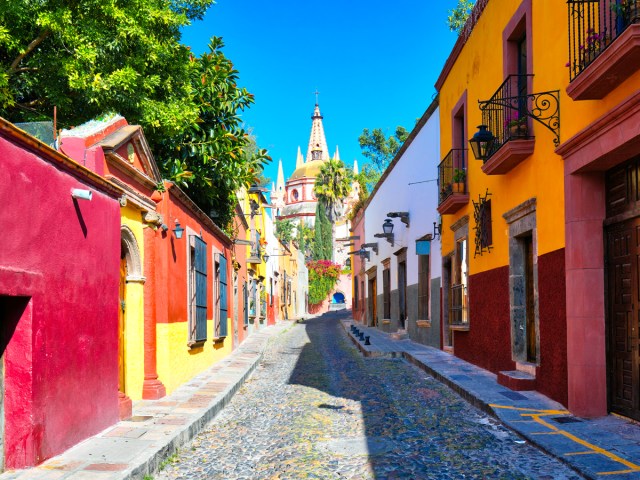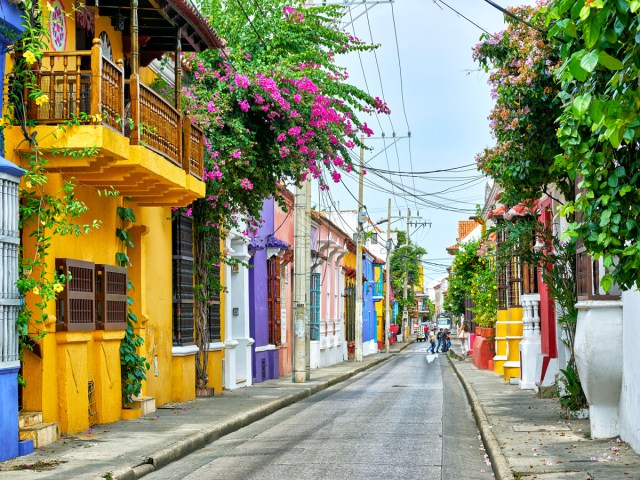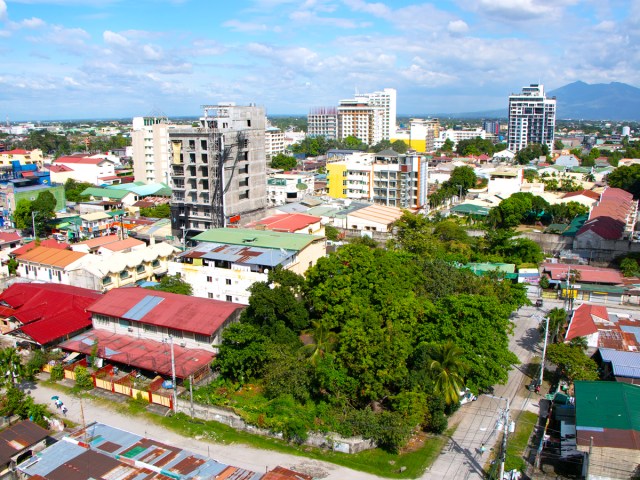One of the best ways to experience a new culture is by trying the local cuisine. Often, some of the most authentic recipes are served up from a street cart. Street food is delicious, affordable, and found in pretty much every country around the world — but the definition of street food can vary wildly depending on where you are. Sometimes, it’s a saucy noodle dish, while other times it’s a loaded hot dog. Some street food dishes are so popular that they’ve been embraced as emblems of national pride. From the streets of South Korea to Egypt, here are eight of the most popular street foods around the world.
Currywurst – Germany

Currywurst is perhaps as much a part of Germany’s national identity as the Autobahn or Oktoberfest. The dish dates back to 1949, when a street vendor named Herta Heuwer made use of what limited ingredients she had available in the wake of World War II to create this tasty snack, which can now be found on street corners around the country — especially in the cities of Berlin and Hamburg. Currywurst consists of a boiled and fried bratwurst that is then sliced and covered with a thick curried tomato sauce. The plate is finished with a side of crispy fries and sprinkled with yellow curry powder for added kick.
Elote – Mexico

Elote is the Spanish word for corn, as well as the name of a popular street food served up in Mexico and parts of the United States. The simple cooking process involves either boiling or grilling a whole cob over an open flame. Once cooked, the corn is slathered with a combination of mayonnaise and lime before the cob is dipped into cotija cheese and chili powder. The result is a delicious mixture of crunchiness, creaminess, and a bit of heat. The origins of elote date back to the 15th century and the Aztec and Maya peoples, who would cook corn cobs over an open flame and then top them with the various spices they had available.
Gamja Hot Dog – South Korea

Koreans put a unique twist on the traditional hot dogs you’d find in the United States. Firstly, calling them hot dogs is a bit misleading, as they’re coated in a batter that makes them more akin to corn dogs. To make a gamja hot dog, first decide what goes on the skewer — you can opt for a hot dog, only cheese, or a combination of the two. The skewered meat and cheese is then coated in a batter that sometimes contains chunks of potato for added crunch and flavor. After the dog is fried, it’s topped with a variety of condiments that range from the more traditional mustard and ketchup to unique options such as mayo or sugar.
Koshari – Egypt

The streets of Cairo are lined with vendors serving up hot bowls of koshari, the national dish of Egypt. This beloved local delicacy was inspired by a similar Hindu dish known as khichri, which contains a mix of rice and lentils. However, Egyptian chefs made the recipe their own by adding macaroni noodles and slathering the whole thing in a spicy tomato sauce. Koshari is cooked by slowly simmering the stew for hours before it’s poured into a bowl and topped with a combination of fried vermicelli and browned onions. Heartier versions can contain chunks of lamb or beef, too.
Arepas – Colombia

A staple of street corners throughout the country, Colombian arepas are circular corn patties that have been fried and stuffed with various fillings. A popular breakfast variant is the arepa de huevo, in which the corn patties are stuffed with eggs and then fried. Arepa de queso is another popular option, consisting of dough filled with a gooey queso fresco; these types of arepa are commonly paired with a cup of hot chocolate. While Colombia is known for its arepas, it isn’t the only country in the region where you can find them. In Venezuela, one of the most popular types is the arepa reina pepiada, which is filled with shredded chicken, avocado chunks, lime, and cilantro.
Takoyaki – Japan

Takoyaki was created in the Osaka area around 1935. The dish is often credited to a street vendor named Endo Tomekichi, who was known for selling a similar pancake dish called chobayaki. His decision one day to add octopus meat resulted in an iconic dish that’s now eaten in every major Japanese city. Takoyaki contains multiple balls that are made of egg batter and stuffed with hearty chunks of octopus, before being cooked in a special pan that helps them achieve their circular shape. The savory dish is typically garnished with ingredients such as scallions, ginger, and dried fish flakes.
Pastel de Nata – Portugal

Pastel de nata is a creamy Portuguese pastry that translates literally to “custard tart.” The treat dates back to before the 18th century, when monks at the Church of Santa Maria de Belém used leftover egg yolks to create this unique gooey pastry. Though the original recipe remains secret, that hasn’t stopped other proprietors from creating recipes of their own. Each pastel de nata is essentially a small egg custard stuffed inside a puff pastry. The treat is cooked until the top layer of custard begins to develop a bit of a crisp, and then it is dusted with cinnamon before being served.
Halo-Halo – The Philippines

If you’re traveling in the Philippines, a refreshing treat known as halo-halo is a must-try. This dessert is a hodgepodge of ingredients that work surprisingly well together. The base is usually a mix of chopped fruit and beans, which is then topped with finely crushed ice and either sweet milk or ice cream. Popular additional toppings include bananas, coconuts, or chickpeas — each cup of halo-halo can be customized depending on personal preference. The result is a colorful and tantalizing treat that really hits the spot during those hot and humid summer days.
More from our network
Daily Passport is part of Inbox Studio, which publishes content that uplifts, informs, and inspires.
















